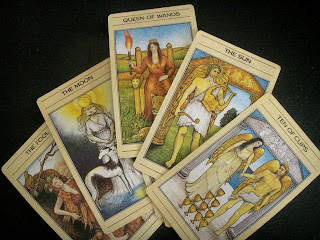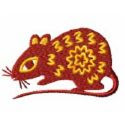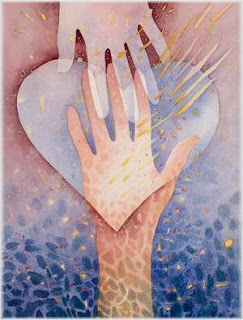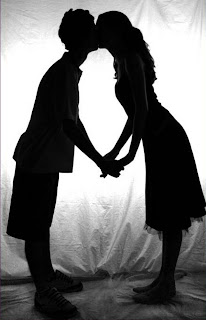History of Tarot Cards
Posted by gemini in Tarot Cards
 knows where the cards originated; some says that the tarot card came from Egypt and some says it came from Europe, namely Italy.
knows where the cards originated; some says that the tarot card came from Egypt and some says it came from Europe, namely Italy.“And of course the Gypsies, long associated with the art of fortune telling, are said to have had a hand in the creation, if not the popularity of the cards. The mystery is further stirred when the correspondence of the cards with Cabbalistic or Kabalistic philosophy is considered. Although agreement of the history and origin of the cards is not to be found, it can be agreed that the tarot is a very popular mysterious oracle.” source: Essortmen Articles
Consisting of 78 cards; 22 major arcana and 56 minor arcana. The Major Arcana, are often called the 22 triumph cards, it depicts dominant occurrences and regarded as relating to matters of higher purpose or deep significance. While the Minor Arcana, which commonly relates to the modern 52 card game consisting of four suits, are called in many terms such as the pip, suit cards, minors, etc. The Minor Arcana depicts the everyday world and matters of immediate significance.
“The tarot cards were used to play a new type of card game, similar to bridge, but with 21 of the special cards serving as permanent trumps, which could be played regardless of what suit was led, and outranked all the ordinary cards. This Game of Triumphs, as it was called, became extraordinarily popular, particularly among the upper classes, and spread through northern Italy and eastern France. As the game spread to new locales, changes were often made in the pictures, and also in the ranking of the trumps, which usually bore no numbers. In time, tarot spread south to Sicily and north to Austria, Germany, and the low countries.” source: Tarot Hermit
As the game spread throughout Europe, the images in the tarot cards eventually evolved and as the devotees of the occult arts in Italy, France and England at that time began to regard the tarot has mystical and magical meaning within the symbols of the cards.
“Their devotion towards the cards inevitably led them to develop tarot as a divination tool, of which we know them today – for Tarot Card Readings. Undoubtedly, the symbolisms in the cards added an extra aspect to the whole deck and allowed a reader to have even further insight into the person they performed the reading for.” source Psychic Guild
Tarot Card Game Play – from Wikipedia
The 78-card deck contains:

- four suits: depending on the region, either the Anglo-French hearts, diamonds, spades and clubs or the original Latina Suits of swords, batons, cups, and coins; numbered one through ten, plus four court cards - a jack, a knight (or cavalier), a queen, and a king;
- the twenty-one tarots, known in divination as the Major Arcana, which function in the game as a permanent suit of trumps;
- the Fool, also known as the Excuse, an un-numbered card that in some variations excuses the player from following suit or playing a trump, and in others acts as the strongest trump.
Typical Rules of Play
Play is typically counter-clockwise; the player to the right of the dealer plays to the first trick. If possible players must follow suit. If following suit is not possible a trump card must be played. The winner of each trick leads the next.
Common Value of Cards
* Oudlers/Trull (Trumps 1, 21 and the Fool) : 5 points
* Kings : 5 points
* Queens : 4 points
* Cavaliers : 3 points
* Jacks : 2 points
* all other cards : fraction of a point











